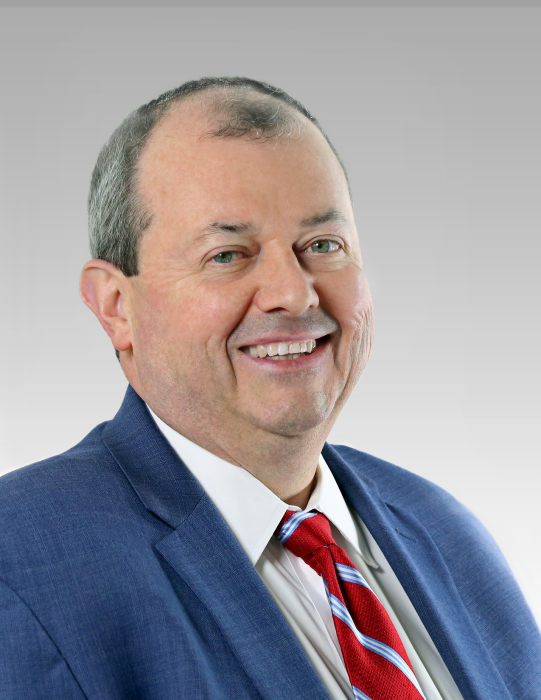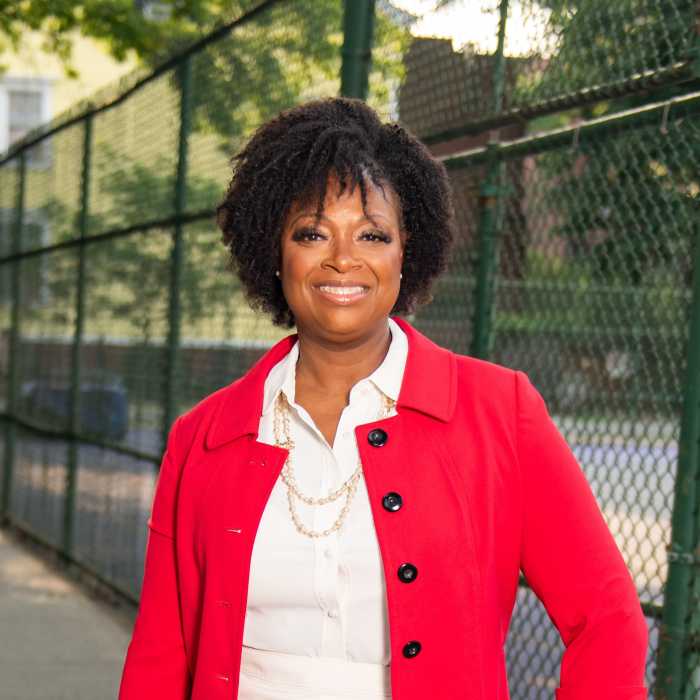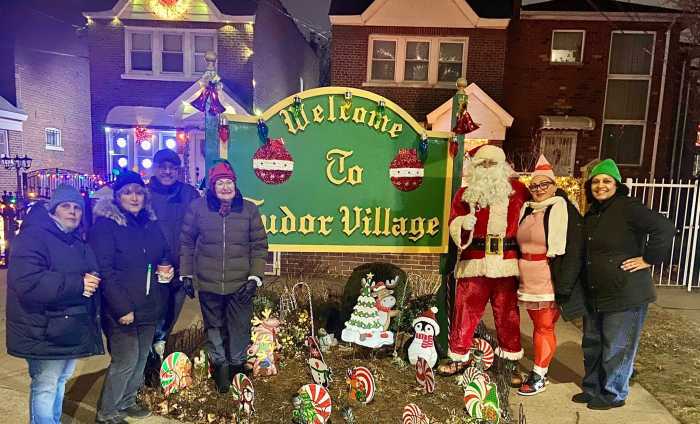As senior executive director of LISC NYC, Valerie is responsible for advancing a platform of racial and economic equity by building on $3.1 billion in LISC NYC investments to spur affordable housing, economic development, health equity, and workforce development in underserved neighborhoods. In this role, Valerie leads the team in developing a vision, and advancing strategic policies and programs that foster equity and inclusion in disinvested communities.
What is your favorite landmark in New York State?
I have two. One is Niagara Falls — which I visit each summer. No matter how many times I go, I am in complete awe of the Falls’ beauty and majesty. It’s one of Mother Nature’s finest works. The other is the Rose Hill campus of Fordham University — my alma mater. The history of the rigorous intellectual scholarship and committed symbolism to its motto — Sapientia et Doctrina — emanate throughout the campus.
What has been your favorite development project and why?
The Moynihan Train Station in NYC. It was wonderful watching this amazing structure unfold during my time at Empire State Development. As the EVP and executive director of the NYS MWBE Division, I was thrilled to be a part of the ESD during the development and construction of the station.
What is the current state of commercial real estate in New York? What impact has the pandemic had?
The commercial real estate industry is still full of uncertainty at the moment, particularly for Black and brown property owners. Due to systemic inequities, there have always been far too few BIPOC owners of commercial real estate space. The pandemic has only made that inequity worse – with minority neighborhoods and businesses facing an unprecedented economic setback since the start of the pandemic. Without relief for these property owners in our underserved commercial corridors, I worry we’ll see even fewer Black and brown property owners in the years ahead.
How did you become interested in architecture, real estate, or construction?
Working in the economic development space – both in the private and public sector – two inequities were always glaring to me: the persistent lack of housing and homeownership opportunities for people of color and the challenges Black and brown developers faced in trying to make their mark on the industry. I knew there was more that could be done to address these systemic inequities. Since then, I’ve been working across industries to ensure that BIPOC New Yorkers are no longer marginalized in the city’s housing industry – both in the development of housing and in the ownership of it as well.
What is your favorite place you’ve ever lived?
Brooklyn, no doubt. The culture, opportunity, and communities in Brooklyn are all unrivaled. While I am a native of the Hudson Valley, I’ve been a proud resident of Bedford-Stuyvesant for almost 40 years, and I couldn’t be happier to call it my home.








